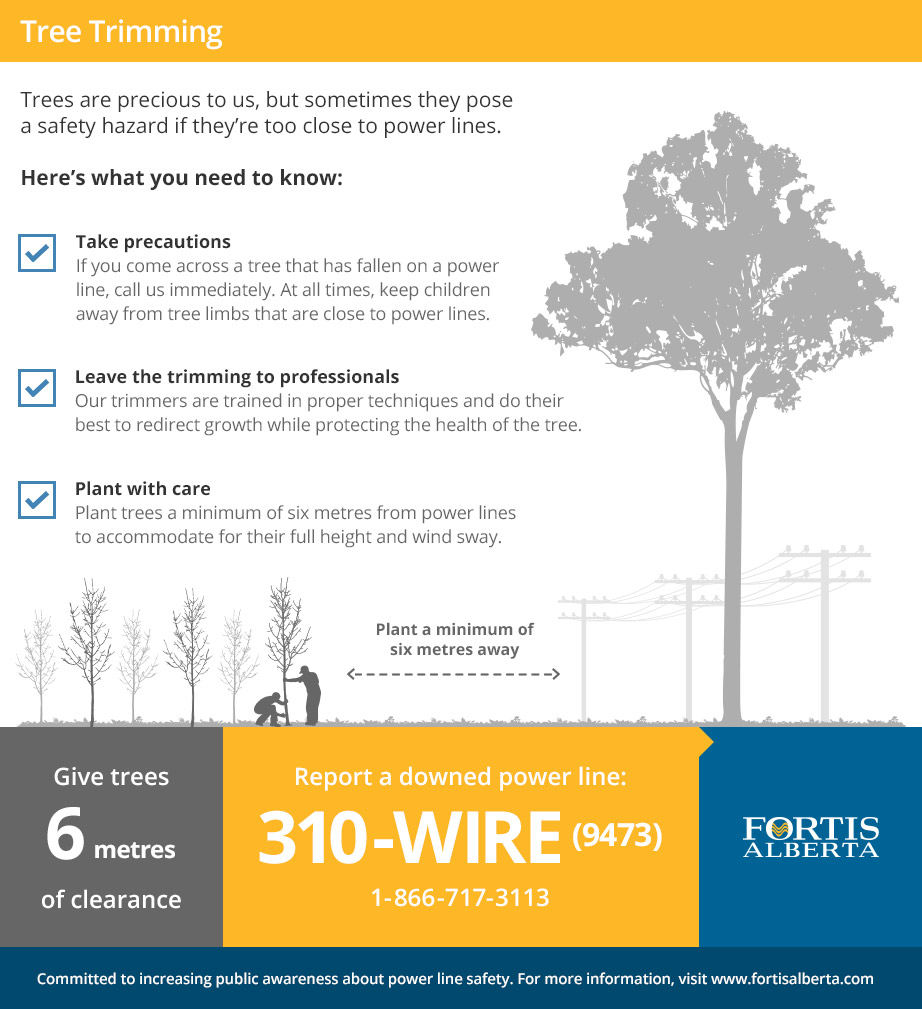Tree Preservation: Signs That Show The Need For Removal
Tree Preservation: Signs That Show The Need For Removal
Blog Article
Composed By-McCollum Stryhn
If you've ever wondered about the fate of the trees on your building, comprehending when it's time for elimination is crucial. But exactly how do you figure out if a tree can be saved or if elimination is the only choice? By trying to find details indications and reviewing security dangers, you can make educated decisions that benefit both your landscape and your surroundings. Let's discover linked internet site that enter into play when deciding the destiny of a tree and how you can guarantee the most effective outcome for your environment-friendly buddies.
Signs of Tree Decrease
If you discover any one of the adhering to signs of tree decline in your backyard, it may be time to consider tree elimination.
One usual indicator is dead or worn out branches, which can indicate underlying problems impacting the tree's wellness. Watch out for discolored or shrivelled fallen leaves that persist despite having proper treatment, as this could be a sign of condition or pests.
One more warning signal is excessive leaning or an obvious shift in the tree's base, which might recommend root issues or structural instability. Watch out for fungal growth on the trunk or roots, as this can indicate rot and endanger the tree's security.
In addition, if you observe large fractures in the trunk or significant arm or legs, it's essential to deal with these problems quickly to avoid possible risks. Attending to these indicators of tree decrease immediately can help keep the safety and security and aesthetics of your yard atmosphere.
Safety Worries
To ensure the health of your building and those around you, focusing on safety and security issues connected to trees is vital. Trees can present various safety and security threats otherwise properly maintained. Dead or decaying branches might drop suddenly, jeopardizing people or destructive frameworks.
Leaning trees can additionally be unsafe, particularly if they're leaning in the direction of a building or high-voltage line. Furthermore, trees with extensive origin systems near structures or below ground utilities can trigger significant damages gradually.
It's essential to routinely evaluate your trees for any type of signs of possible threat. Look out for splits in the trunk, huge dental caries, or indications of condition and decay. If you see any one of these problems, it's best to consult with an expert arborist to analyze the circumstance and establish the required strategy.
Taking proactive steps to resolve safety and security worries promptly can prevent mishaps and home damages in the future. Remember, visit this page of your residential or commercial property and those around you ought to always be the top concern when it concerns tree upkeep.
Consulting an Arborist
When considering the health and safety of your trees, speaking with an arborist is an important step. Arborists are trained specialists who specialize in the treatment and maintenance of trees. They can evaluate the total wellness of your trees, recognize any type of problems such as illness or architectural troubles, and give expert recommendations on the best course of action.
By seeking advice from an arborist, you can receive important understandings right into the problem of your trees and determine whether elimination is necessary. Arborists have the expertise and experience to assess the risks related to keeping a tree versus removing it. They can also offer support on different options, such as pruning, cabling, or supporting, to help protect the tree whenever possible.
Furthermore, arborists can aid you navigate any kind of neighborhood policies or allows that may be required for tree removal. Their proficiency can ensure that the process is executed securely and in compliance with any applicable regulations.
Final thought
In conclusion, when determining whether trees can be saved or if removal is necessary, it is necessary to take into consideration indications of decline and security problems. Consulting an arborist for a detailed evaluation is crucial in making the very best choice for the tree's health and potential hazards. Remember, proactive treatment and timely activity can assist preserve trees and prevent mishaps.
